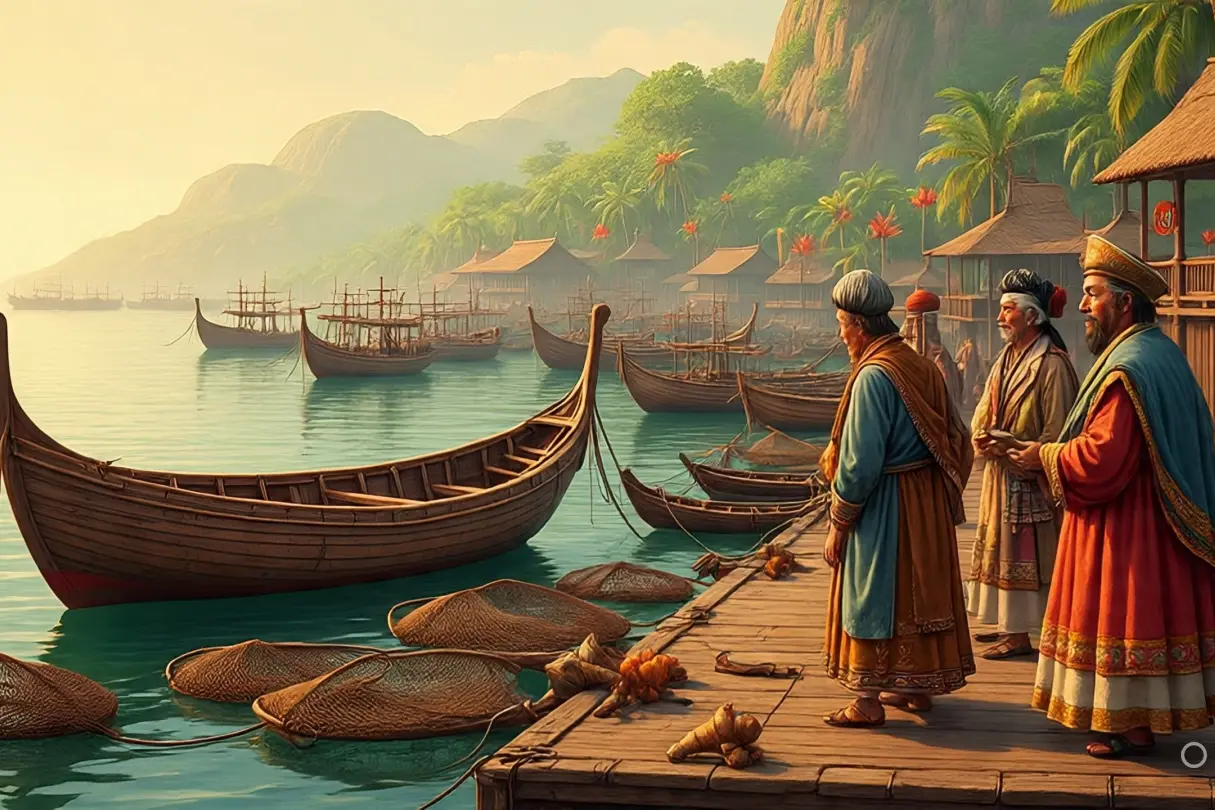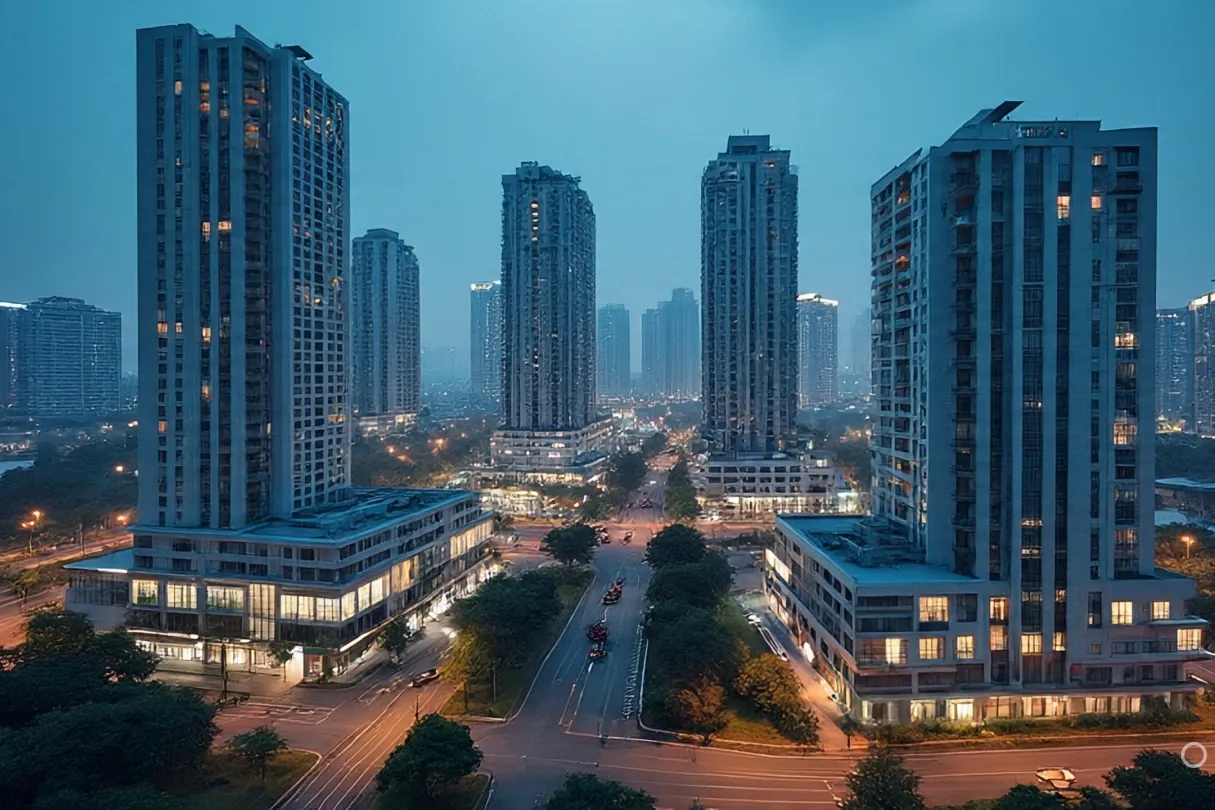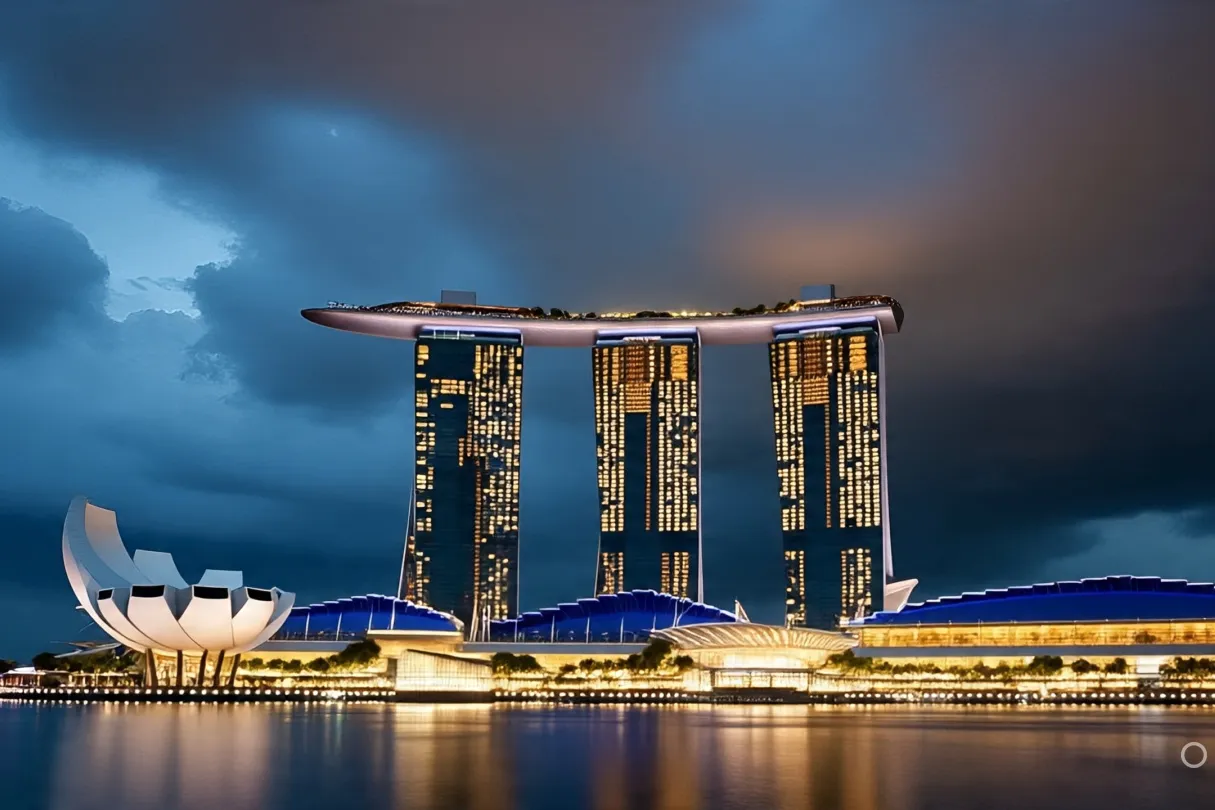An Archipelago Born of Fire 🌋
The Philippines, a sprawling archipelago of over 7,000 islands in the Pacific Ocean, lies in the volatile Ring of Fire. This geologic hotspot has shaped the land into a mineral-rich yet disaster-prone region. Of those islands, only about 1,000 are inhabited, many no larger than a square mile.
- An Archipelago Born of Fire 🌋
- Humanity’s Deep Roots in the Islands 🧬🦴
- Barangays: The Building Blocks of Society 🏘️
- Maritime Jade Road and Global Trade 🌏💎⛵
- Belief Systems and Early Religion 🛕🌿
- The Rise of Major Kingdoms 👑📦🕌
- Brunei’s Push and the Rise of Maynila 📈🔗
- Magellan’s Arrival and Lapulapu’s Defiance 🚢⛓️🛡️
Divided into three main island groups—Luzon in the north, the Visayas in the center, and Mindanao in the south—the archipelago has long been both isolated and interconnected by its geography.
Humanity’s Deep Roots in the Islands 🧬🦴
Modern humans (Homo sapiens sapiens) reached the Philippines roughly 47,000 years ago. But they weren’t the first. Homo luzonensis, a previously unknown species, lived there about 134,000 years ago. Evidence even places Homo erectus in the region as far back as 700,000 years.
By around 3000 BCE, Austronesian peoples arrived from Taiwan and the Asian mainland. These seafarers brought with them a shared linguistic and cultural heritage that extended across Maritime Southeast Asia and even westward to Madagascar.
Barangays: The Building Blocks of Society 🏘️
Philippine society developed in fragmented yet connected barangays—small sociopolitical units of 30 to 500 people. These operated like city-states, often linked by trade and kinship rather than centralized government.
By 900 CE, with the appearance of the Laguna Copperplate Inscription, written history began. The document forgives a debt and reflects a complex society with written language, law, and diplomatic connections.
Maritime Jade Road and Global Trade 🌏💎⛵
As early as 2000 BCE, the islands were part of the Maritime Jade Road—a vast trade network that lasted until about 1000 CE. Philippine jade, metalworks influenced by India, and other artifacts reveal ties stretching from China to Southeast Asia.
Notably, this era appears relatively peaceful, with few archaeological signs of violent conflict. Trade, not war, defined the region’s relationships.
Belief Systems and Early Religion 🛕🌿
Precolonial Filipinos practiced a polytheistic animism, honoring nature spirits and ancestors. Magic, witchcraft, and animal totems played central roles in daily life.
By the 9th century, Hinduism and Buddhism had reached the islands via the Srivijaya and later Majapahit empires. These beliefs blended into local systems, aided by linguistic ties to Sanskrit.
Islam followed in 1380 when Makhdum Karim preached in the Sulu Archipelago. Rajah Baguinda and later Chinese Muslim communities helped spread the faith. By the 15th century, sultanates like Sulu had fully integrated Islam into governance.
The Rise of Major Kingdoms 👑📦🕌
- Tondo and Maynila: Located in modern Manila Bay, these barangays dominated regional trade. Tondo, the oldest recorded barangay, shared control of commerce with Maynila. The Ming Dynasty even appointed a governor to oversee trade here.
- Sultanate of Sulu: Originally settled by Visayans, Sulu thrived through regional trade. After conflict with Champa in the 12th century, it came under Bruneian control in the 13th, only to regain independence under Rajah Baguinda.
- Rajahnate of Butuan: Emerging before the 11th century in Mindanao, Butuan was wealthy and culturally diverse. Practicing both Hinduism and Buddhism, it specialized in gold and had strong trade ties with China.
- Caboloan, Ma-i, Pulilu: These lesser-known polities maintained cultural ties with China and Japan. Blackened teeth, distinct clothing, and direct trade evidence show a vibrant exchange of customs and goods.
Brunei’s Push and the Rise of Maynila 📈🔗
By the late 1400s, Brunei reasserted dominance in Luzon, targeting Tondo to break its trade monopoly. They succeeded, installing Selurong (Kingdom of Maynila) as a vassal in 1500. Sultan Bolkiah’s marriage into the Sulu ruling family united two powerful sultanates.
Magellan’s Arrival and Lapulapu’s Defiance 🚢⛓️🛡️
European contact began in 1521 when Ferdinand Magellan’s Spanish expedition landed at Suluan Island. At Homonhon, Raja Humabon of Cebu converted to Catholicism, adopting the name Carlos in honor of Spain’s King Charles I.
But resistance followed. Datu Lapulapu of Mactan refused conversion. On April 27, 1521, Magellan attempted to subdue him. He was met with a deadly ambush. Immobilized by a poisoned arrow, Magellan was killed as his forces collapsed. Lapulapu then executed all local collaborators.
The Spanish retreated. Humabon rescinded his alliance and killed some Spanish survivors. Though the expedition circled the globe, it would take Spain another 40 years to return.




